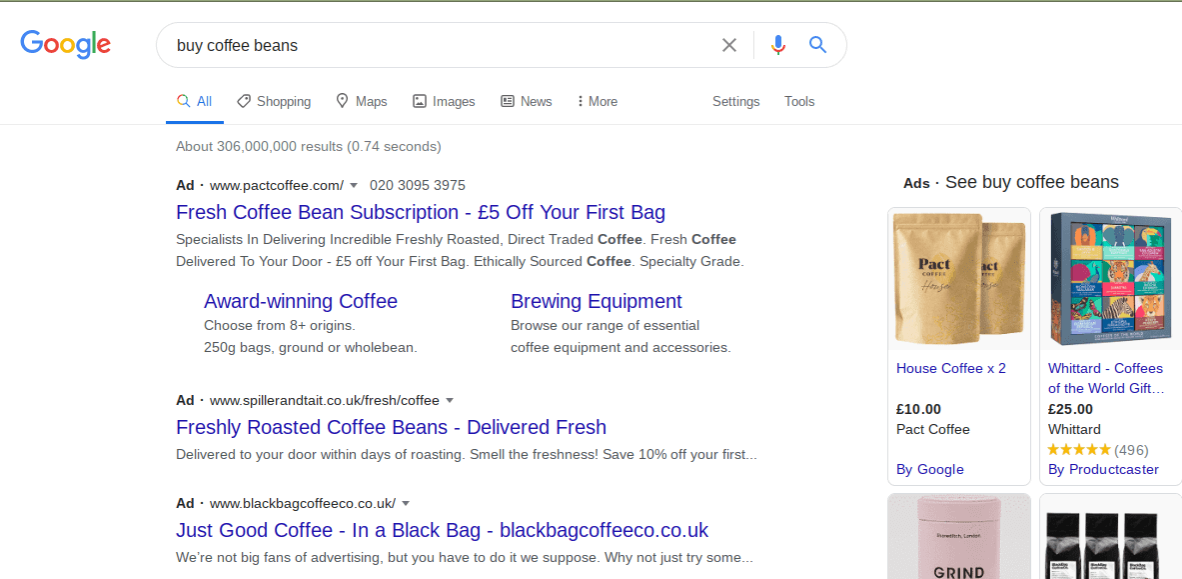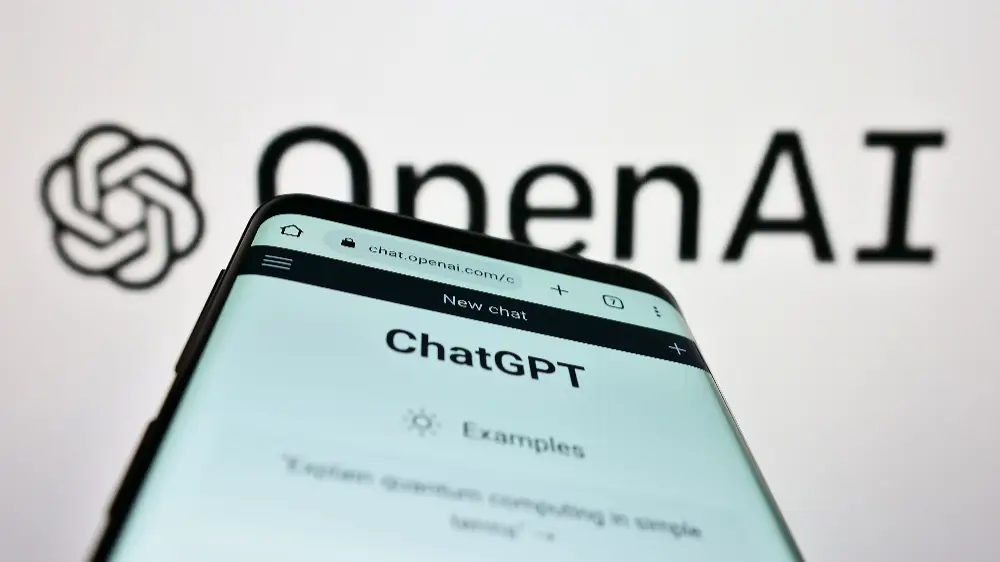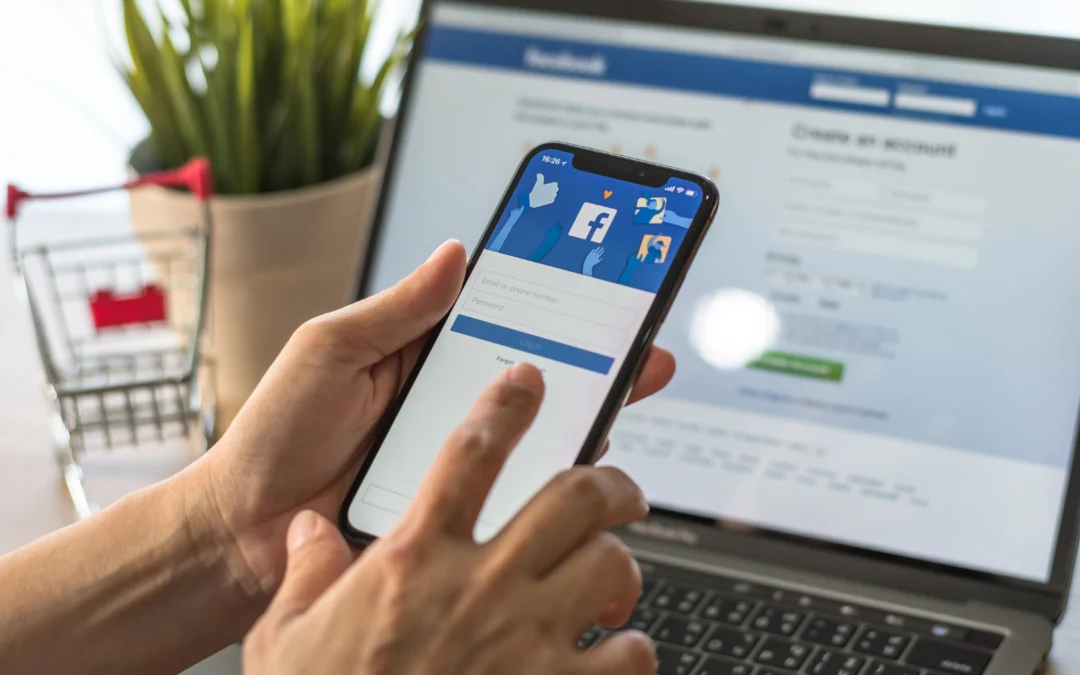1. You’re Targeting the Wrong Audience
It doesn’t matter how beautiful your ad looks, if you’re showing it to the wrong people, it won’t convert. Poor targeting is one of the biggest reasons ads fail.
How to fix it:
- Reassess your audience segments based on real data, not just assumptions.
- Use platform-specific tools like Facebook’s audience insights or Google Analytics demographics to refine who you’re reaching.
- Don’t be afraid to narrow your focus. The more specific the targeting, the more relevant your clicks.
2. Your Ad Creative Doesn’t Resonate
Your audience scrolls fast. If your ad doesn’t grab attention and communicate value in seconds, they’ll move on. Poor design, vague messaging, or generic stock images kill performance.
How to fix it:
- Use bold, branded visuals and headlines that speak directly to your audience’s needs.
- Keep text clear and focused, avoid fluff.
- A/B test different versions of your ads regularly to learn what works.
3. Your Landing Page Isn’t Doing Its Job
So someone clicked. That’s a win. But what they see next can make or break the conversion.
If your landing page loads slowly, lacks trust signals, or feels disconnected from the ad, it’s a missed opportunity.
How to fix it:
- Make sure the landing page matches the message and design of your ad.
- Optimise load speed and remove distractions.
- Include strong CTAs, testimonials, and easy navigation to drive action.
4. You’re Not Tracking the Right Metrics
Clicks and impressions are nice, but they don’t always tell the full story. If you’re not tracking conversions or using attribution tools, you might not even realise your ads are underperforming.
How to fix it:
- Set up proper tracking via Google Tag Manager, Meta Pixel, or platform-specific conversion tags.
- Focus on Cost Per Lead, Conversion Rate, and Return on Ad Spend, not just vanity metrics.
- Review results weekly and make adjustments based on real performance data.
5. Your Budget Strategy Is Off
Even great ads need the right budget to thrive. Underfunding campaigns or spreading your spend too thin across too many ad sets can dilute performance.
How to fix it:
- Start with a test budget that allows for meaningful data (we suggest £500–£1000/month depending on the platform).
- Consolidate campaigns to give your best performers room to scale.
- Use automated bidding strategies once you have enough conversion data.
6. You’re Not Giving It Enough Time
We get it, you want quick wins. But digital ads, especially on social or search, often need a bit of runway. Cutting things too early can lead to misjudging what actually works.
How to fix it:
- Run campaigns for at least 7–14 days before evaluating.
- Look for trends in performance, not just daily fluctuations.
Use learning periods (especially on Meta and Google) to your advantage.

Fixing Sponsored Ads Is What We Do
At Platform Marketing, we’ve helped dozens of brands turn underperforming ad campaigns into consistent lead generators. Whether your targeting needs a refresh, or your landing page needs a full overhaul, we know how to fix what’s broken.
Let’s work together to make your sponsored ads start delivering real results.
Book a strategy call with our team today.
FAQs About Sponsored Ads
1. How long should I run a sponsored ad campaign before making changes?
We recommend at least 7–14 days of data collection before making major changes. This allows platforms like Meta and Google to complete the learning phase and optimise performance.
2. What’s a good conversion rate for sponsored ads?
It depends on your industry and goals, but a healthy benchmark is between 2–5%. For e-commerce or lead gen, anything above that is typically strong.
3. Can I run sponsored ads on a small budget?
Yes, but be strategic. Start with one or two focused campaigns, test creatives, and scale what works. Even £10/day can give you enough insights to refine and grow.




